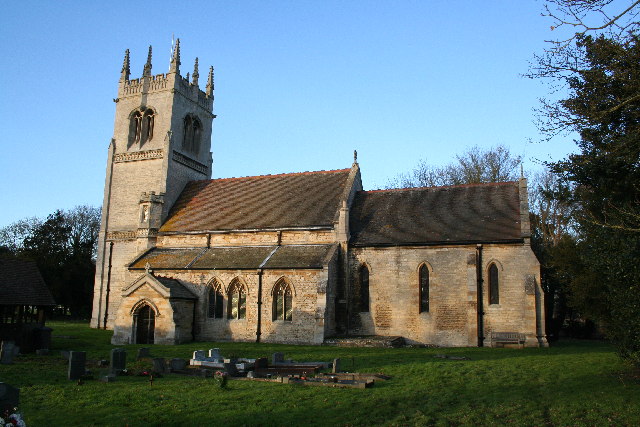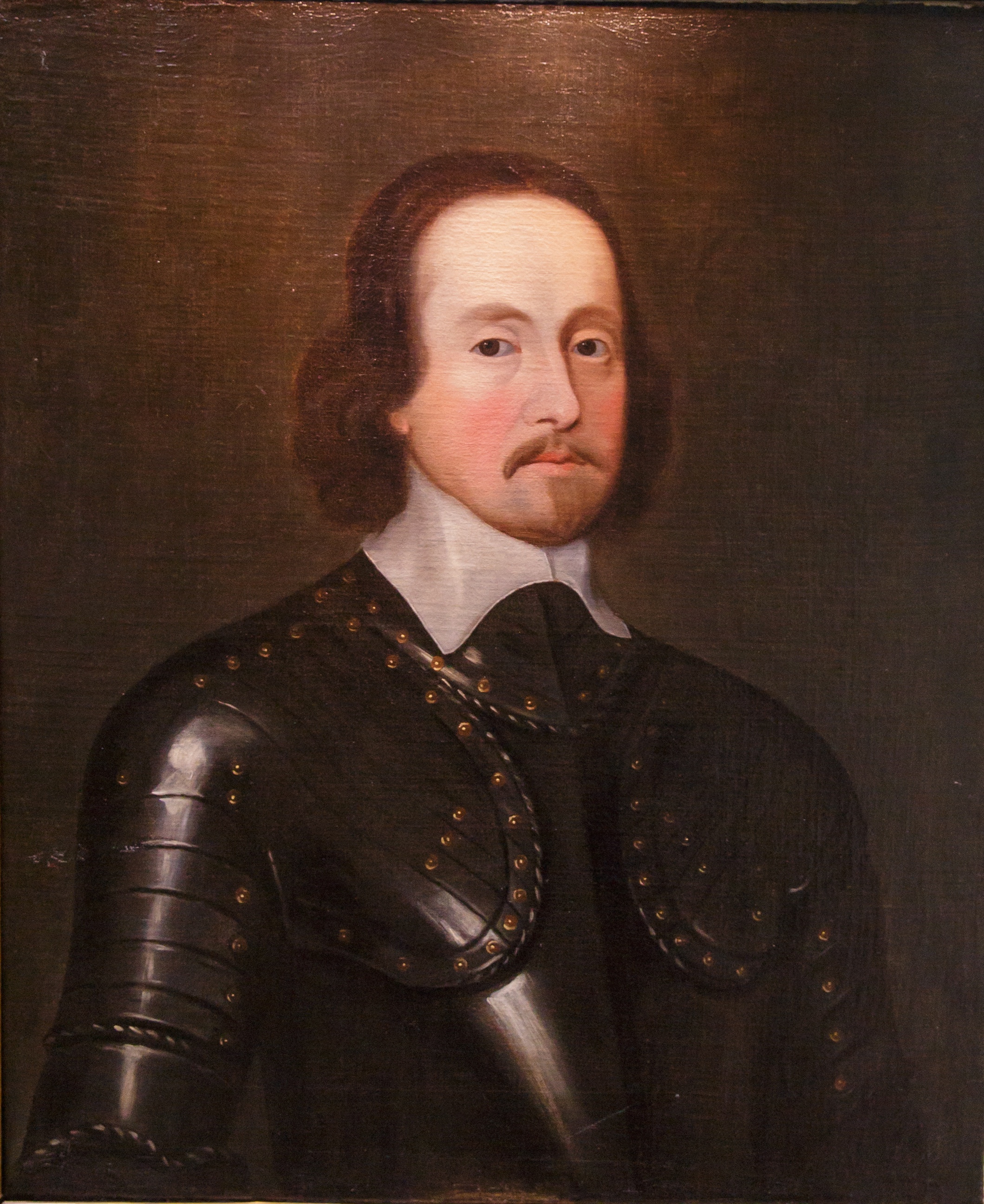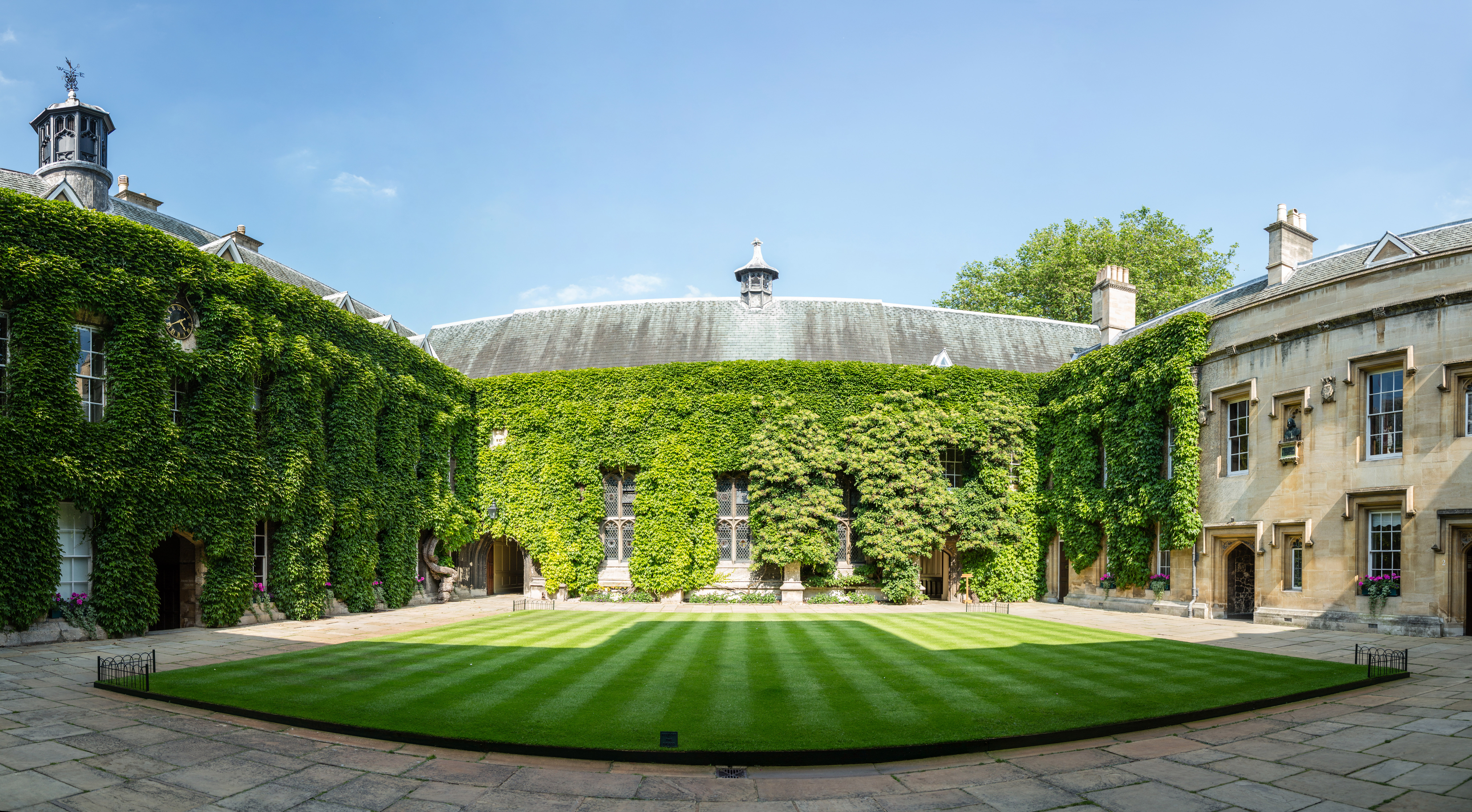|
William Bury (Roundhead)
Sir William Bury (–1669) fought for the Parliamentary causes during the English Civil War and was a colonel in the New Model Army during Interregnum (England), Interregnum. He was also a Member of the First Protectorate Parliament, and held various Commonwealth (England), Commonwealth government offices. Biography Bury was only son of William Bury (died 28 March 1617), of the Friars, in Grantham, Lincolnshire, and Emma, his wife, the youngest daughter of John Dryden, of Canons Ashby, and Elizabeth (''née'' Cope). He was baptised at Grantham on 3 June 1605. Bury entered at Gray's Inn on 18 May 1631. He was found guilty of High Treason for taking up arms against King Charles I of England, Charles I, April 21, 1643 (see Declaration of Lex Talionis). The same year he had been appointed to collect subsidy from Lincolnshire, He was named in despatches of the Committee of Both Kingdoms 1644–1645, and was one of the commissioners for the reduction of Belvoir Castle in June 1649. B ... [...More Info...] [...Related Items...] OR: [Wikipedia] [Google] [Baidu] |
English Civil War
The English Civil War (1642–1651) was a series of civil wars and political machinations between Parliamentarians (" Roundheads") and Royalists led by Charles I ("Cavaliers"), mainly over the manner of England's governance and issues of religious freedom. It was part of the wider Wars of the Three Kingdoms. The first (1642–1646) and second (1648–1649) wars pitted the supporters of King Charles I against the supporters of the Long Parliament, while the third (1649–1651) saw fighting between supporters of King Charles II and supporters of the Rump Parliament. The wars also involved the Scottish Covenanters and Irish Confederates. The war ended with Parliamentarian victory at the Battle of Worcester on 3 September 1651. Unlike other civil wars in England, which were mainly fought over who should rule, these conflicts were also concerned with how the three Kingdoms of England, Scotland and Ireland should be governed. The outcome was threefold: the trial of and ... [...More Info...] [...Related Items...] OR: [Wikipedia] [Google] [Baidu] |
Charles Coote, 1st Earl Of Mountrath
Charles Coote, 1st Earl of Mountrath (c. 1610 – 17 December 1661) was an Anglo-Irish peer, the son of Sir Charles Coote, 1st Baronet, and Dorothea Cuffe, the former being an English veteran of the Battle of Kinsale (1601) who subsequently settled in Ireland. Irish Rebellion and Civil War The younger Coote became an MP for Leitrim in the Irish Parliament between 1634 and 1635 and again in 1640, a year before the outbreak of the Irish rebellion of 1641. The elder Charles Coote was active in the suppression of the Irish insurgents in 1642, launching attacks on Clontarf and County Wicklow in late 1641 in which many civilians died; he was killed in action defending Trim in May 1642. After the death of his father, Charles Coote also led some of the King's forces under Ormonde against the Confederate army, but was captured defending a stronghold in the Curragh of Kildare by an Irish army led by Castlehaven. He was released during the 1643 cessation of arms. At this time Coot ... [...More Info...] [...Related Items...] OR: [Wikipedia] [Google] [Baidu] |
1669 Deaths
Events January–March * January 2 – Pirate Henry Morgan of Wales holds a meeting of his captains on board his ship, the former Royal Navy frigate ''Oxford'', and an explosion in the ship's gunpowder supply kills 200 of his crew and four of the pirate captains who had attended the summit. * January 4 – A 5.7 magnitude earthquake strikes the city of Shamakhi in Iran (now in Azerbaijan) and kills 7,000 people. Fourteen months earlier, an earthquake in Shamakhi killed 80,000 people. * February 13 – The first performance of the ''Ballet de Flore'', a joint collaboration of Jean-Baptiste Lully and Isaac de Benserade is given, premiering at the Palais du Louvre in Paris. King Louis XIV finances the performance and even appears in a minor role in the production as a dancer. * February 23 – Isaac Newton writes his first description of his new invention, the reflecting telescope. * March 11 – Mount Etna erupts, destroying the Sicilian town of ... [...More Info...] [...Related Items...] OR: [Wikipedia] [Google] [Baidu] |
1600s Births
Sixteen or 16 may refer to: *16 (number), the natural number following 15 and preceding 17 *one of the years 16 BC, AD 16, 1916, 2016 Films * '' Pathinaaru'' or ''Sixteen'', a 2010 Tamil film * ''Sixteen'' (1943 film), a 1943 Argentine film directed by Carlos Hugo Christensen * ''Sixteen'' (2013 Indian film), a 2013 Hindi film * ''Sixteen'' (2013 British film), a 2013 British film by director Rob Brown Music *The Sixteen, an English choir *16 (band), a sludge metal band * Sixteen (Polish band), a Polish band Albums * ''16'' (Robin album), a 2014 album by Robin * 16 (Madhouse album), a 1987 album by Madhouse * ''Sixteen'' (album), a 1983 album by Stacy Lattisaw *''Sixteen'' , a 2005 album by Shook Ones * ''16'', a 2020 album by Wejdene Songs * "16" (Sneaky Sound System song), 2009 * "Sixteen" (Thomas Rhett song), 2017 * "Sixteen" (Ellie Goulding song), 2019 *"16", by Craig David from ''Following My Intuition'', 2016 *"16", by Green Day from ''39/Smooth'', 1990 *"16", by ... [...More Info...] [...Related Items...] OR: [Wikipedia] [Google] [Baidu] |
Thomas Bury (judge)
Thomas Bury (1655–1722) was an English judge. He took part in the decision regarding the 1704 Aylesbury election. King George I raised Bury to the position of Chief Baron of the Exchequer. Early life and education Bury was born in 1655, the youngest son of Sir William Bury, knight, of Linwood, Lincolnshire. In February 1667, Bury earned a bachelor's degree at Lincoln College, Oxford, and entered Gray's Inn as a student the following year. Career He was called to the bar in 1676, and after some years' practice became a serjeant-at-law in 1700. Later, on 26 January 1701, when Sir Littleton Powys was removed to the King's Bench, he was made a Baron of the Exchequer.Sir John Sainty (comp.) ''The Judges of England, 1272–1990: a list of the judges of the Superior courts'' (Selden Society: Supplementary Series 1993), 128. Regarding this appointment, his epitaph says that he "by his Great Application to the Study of the Law, raised himself to one of the highest Degrees in that ... [...More Info...] [...Related Items...] OR: [Wikipedia] [Google] [Baidu] |
Lincoln College, Oxford
Lincoln College (formally, The College of the Blessed Mary and All Saints, Lincoln) is one of the constituent colleges of the University of Oxford, situated on Turl Street in central Oxford. Lincoln was founded in 1427 by Richard Fleming, the then Bishop of Lincoln. Notable alumni include the physician John Radcliffe, the founder of Methodism John Wesley, antibiotics scientists Howard Florey, Edward Abraham, and Norman Heatley, writers Theodor Seuss Geisel (Dr. Seuss) and David John Moore Cornwell (John le Carré), the journalist Rachel Maddow, and the current British Prime Minister Rishi Sunak. Mensa was founded at Lincoln College in 1946. Lincoln College has one of the oldest working medieval kitchens in the UK. History Founding Richard Fleming, the then Bishop of Lincoln, founded the College in order to combat the Lollard teachings of John Wyclif. He intended it to be "a little college of true students of theology who would defend the mysteries of Scripture against t ... [...More Info...] [...Related Items...] OR: [Wikipedia] [Google] [Baidu] |
Terrington St Clement
Terrington St Clement is a village and civil parish in King's Lynn and West Norfolk borough and district in Norfolk, England. It is in the drained marshlands to the south of the Wash, west of King's Lynn, Norfolk, and east of Sutton Bridge, Lincolnshire, on the old route of the A17 trunk road. The parish covers an area of . Much of the farmland is of alluvial silt and clay which has been reclaimed from the sea amounting to approximately half of the total parish area. Terrington St Clement in area is the largest village in Norfolk, and the second largest in the country. History The name Terrington derives from the Old English for 'Farm/settlement of Tir(a)'s people' as ''-ingtūn'' means a settlement called after, or connected with... . In AD 1013 Godric, son of Æthelstan Mannessune gifted part of the lands of ''Turrintonea'' to the monks of Ramsey Abbey in his will where his brother, Eadnoth the Younger had been abbott. This is recorded in thS1518 Charter The settle ... [...More Info...] [...Related Items...] OR: [Wikipedia] [Google] [Baidu] |
Skellow
Skellow is a village in rural South Yorkshire part of the Metropolitan Borough of Doncaster, England. Historically part of the West Riding of Yorkshire, the village is roughly north-west of Doncaster. The village falls in the Askern Spa Ward of Doncaster MBC. To the north and south is mixed farmland, the A1 runs immediately along the western edge of the village, and to the east Skellow merges with the adjacent village of Carcroft along the B1220 road. Geography The village derives its name from the River Skell which flows from the nearby village of Skelbrooke, through the locally named 'Five Lanes End' area of Skellow where it joins the Ea Beck, a tributary of the River Don, of which it joins near the former Thorpe Marsh Power Station at Barnby Dun. The village lies on the north side of the east-west Ea Beck valley. To the north-east with access from the village is Burghwallis. Skellow is well served for open public spaces, with a range of small and medium-sized parks ... [...More Info...] [...Related Items...] OR: [Wikipedia] [Google] [Baidu] |
County Carlow
County Carlow ( ; ga, Contae Cheatharlach) is a county located in the South-East Region of Ireland, within the province of Leinster. Carlow is the second smallest and the third least populous of Ireland's 32 traditional counties. Carlow County Council is the governing local authority. The county is named after the town of Carlow, which lies on the River Barrow and is both the county town and largest settlement, with over 40% of the county's population. Much of the remainder of the population also reside within the Barrow valley, in towns such as Leighlinbridge, Bagenalstown, Tinnahinch, Borris and St Mullins. Carlow shares a border with Kildare and Laois to the north, Kilkenny to the west, Wicklow to the east and Wexford to the southeast. Carlow is known as "The Dolmen County", a nickname based on the Brownshill Dolmen, a 6,000-year-old megalithic portal tomb which is reputed to have the heaviest capstone in Europe, weighing over 100 metric tonnes. The town of Carlow w ... [...More Info...] [...Related Items...] OR: [Wikipedia] [Google] [Baidu] |
Hacketstown
Hacketstown (, IPA: �bˠalʲəˈhaceːdʲ, historically known as Ballydrohid (), is a small town in County Carlow, Ireland, near the border with County Wicklow. It is located on the R747 regional road at its junction with the R727. The River Derreen flows westwards just north of the town and the River Derry rises just south of the town. History In the early thirteenth century, an Anglo-Norman castle was built on the site where St Brigid's Church sits now. In the seventeenth century the wealthy Chetham family from New Moston, Lancashire, England acquired lands here. Although they lived mainly in England, a Chetham daughter married into the powerful Irish Loftus family. Hacketstown was the scene of two battles during the 1798 rebellion. Hacketstown has a national school and secondary school, Coláiste Eoin. There is a Roman Catholic church, St Bridget's, and a Church of Ireland chapel, St John's. William Presley, an ancestor of Elvis Presley, was a resident of the t ... [...More Info...] [...Related Items...] OR: [Wikipedia] [Google] [Baidu] |
Blankney
Blankney is a village and civil parish in the North Kesteven district of Lincolnshire, England. The population of the civil parish at the 2011 census was 251. The village is situated approximately south from the city and county town of Lincoln and 9 miles north from Sleaford. Blankney is a small stone-built estate village, built around the large estate of Blankney Hall. According to the 2001 Census, the population was 239. History Blankney has existed at least since the time of William the Conqueror, when it belonged to the major land-owner Walter D'Aincourt. The place-name 'Blankney' is first attested in the Domesday Book of 1086, where it appears as ''Blachene''. It is listed as ''Blancaneia'' in 1157 in ''Early Yorkshire Charters'', and as ''Blankenei'' in 1202 in the Assize Rolls. The name is the Old English ''blancan ēg'', thought to mean 'Blanca's island'.Eilert Ekwall, ''The Concise Oxford Dictionary of English Place-names'', p.48. In the 15th century the estat ... [...More Info...] [...Related Items...] OR: [Wikipedia] [Google] [Baidu] |
Blankney Church
Blankney is a village and civil parish in the North Kesteven district of Lincolnshire, England. The population of the civil parish at the 2011 census was 251. The village is situated approximately south from the city and county town of Lincoln and 9 miles north from Sleaford. Blankney is a small stone-built estate village, built around the large estate of Blankney Hall. According to the 2001 Census, the population was 239. History Blankney has existed at least since the time of William the Conqueror, when it belonged to the major land-owner Walter D'Aincourt. The place-name 'Blankney' is first attested in the Domesday Book of 1086, where it appears as ''Blachene''. It is listed as ''Blancaneia'' in 1157 in ''Early Yorkshire Charters'', and as ''Blankenei'' in 1202 in the Assize Rolls. The name is the Old English ''blancan ēg'', thought to mean 'Blanca's island'.Eilert Ekwall, ''The Concise Oxford Dictionary of English Place-names'', p.48. In the 15th century th ... [...More Info...] [...Related Items...] OR: [Wikipedia] [Google] [Baidu] |







